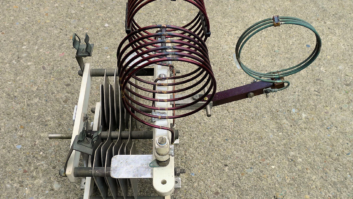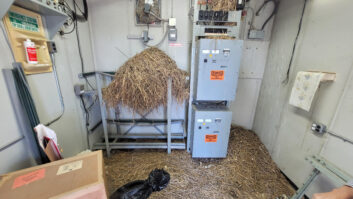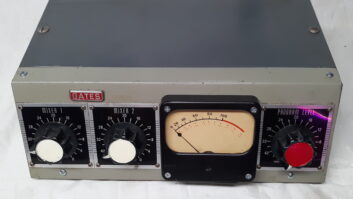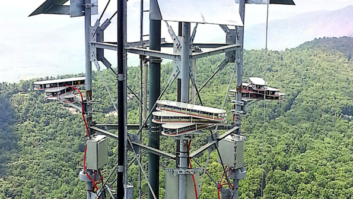Radio tower owners are familiar with the “controversy” over dead birds. How, why some birds get killed around broadcast towers is sort of a mystery. Lights hypnotize them, they inexplicably crash into the towers, whatever. End result is dead birdies.
A few sparrows, some annoying mockingbirds, nobody’s happy but … things happen. When a few hawks or eagles end up at the foot of the tower, well, people begin to take notice. The tower owners start finding themselves in the crosshairs. Select animal groups begin to squawk about endangered species. Others start talking about legislation.
(BTW, don’t pick up or collect any of those eagle feathers, you could be fined … well, let the U.S. Fish and Wildlife Service explains, “Anyone who possesses an eagle feather, and doesn’t meet the requirements, could face fines up to $100,000 and a year in prison. A second offense is upgraded from a misdemeanor to a felony, and carries a maximum penalty of two years in prison and a $250,000 fine. The act also provides for a civil penalty of up to $5,000.” FYI, picking up a feather from an eagle that crashed into a tower does not “meet the requirements.” Leave it to rot.)
Our industry is not heartless, however. It doesn’t enjoy permanently grounding our flight-loving friends. The NAB works with the Avian Conservation Group to mitigate bird deaths and it also works with the FCC on lighting. Are birds really being hypnotized by the red lights?
The tower erectors industry group, NATE, is also aware of the issue. Executive Director Todd Schlekeway told me, “The FCC was required by a federal district court to conduct a study on the effect that future tower builds will have on migratory birds. Of particular importance is a study cited by the agency that found that buildings, power lines and cats were the three largest causes of avian mortality, responsible for over 80% of deaths. Put another way, bird deaths attributed to those three sources were 165 times greater than the percentage of avian mortality attributed to towers.”
But NATE is also aware of the public relations ramifications if Tweety Bird, Woodstock or the Bluebird of Happiness are cracking their skulls on a large, menacing, cold metal broadcast tower.
Schlekeway notes that NATE, NAB, along with CTIA and others have formed an Infrastructure Coalition to address these issues. He says, “Right now, as a result of fairly lengthy negotiations between the Infrastructure Coalition and various environmental organizations, there is relative peace on the migratory bird front. This is an issue we will continue to monitor and keep close tabs on moving forward.”
Other industries, such as the oil and gas extraction industry, have found themselves receiving attention about ex-birds found near their facilities.
All of which leads me to this, quietly late last year, the U.S. Interior Dept., the one that could prosecute you for holding that eagle feather, gave a waiver to the wind energy industry for its mounting toll on birds, including the large number of Bald and Golden Eagles that seem to be meeting unfortunate accidents at the hands of energy-generating windmills.
Needless to say, a flock of bird groups flew into a rage. Robert Bryce has more on this here, noting that the windmills take more than their share of the larger, federally-protected, predatory avians.
That birds would collide with windmills should not be surprising. After all, both seek the wind. Birds are lazy and want to make their flight easier by coasting on the breeze while the windmill needs that steady breeze to operate. Supporters of wind energy must acknowledge that there will always be a tradeoff — until a miracle technology comes along to solve the problem.
The Interior Dept. recognizes this, yet less-politically-favored players, such as broadcast tower owners, find themselves under scrutiny. It’s not as if the towers try to attract birds or are placed where they could do the most damage.
Remember that next time that towers are portrayed as the equivalent of enormous, metallic cats, owned by cruel, murderous, uncaring corporations.












